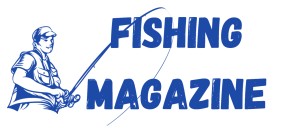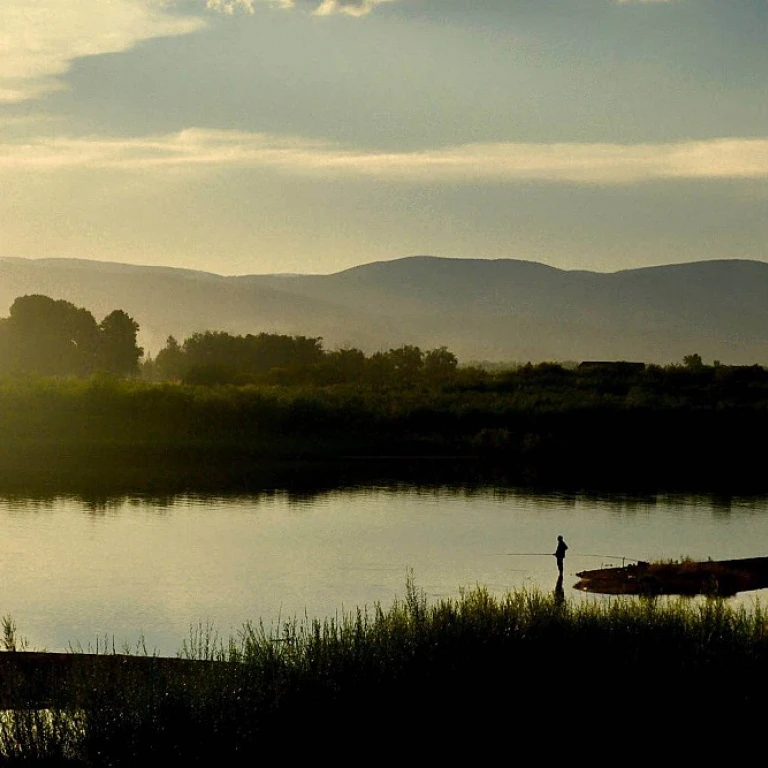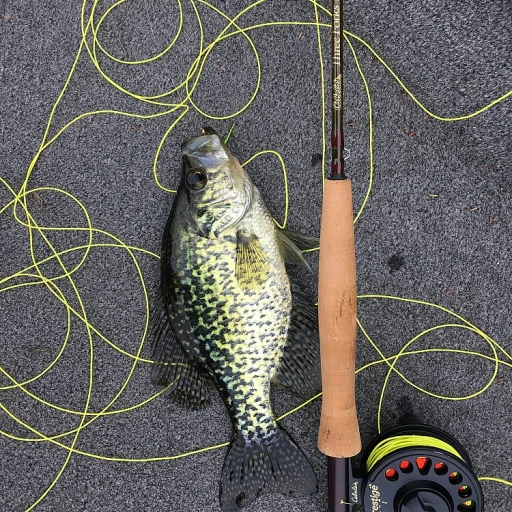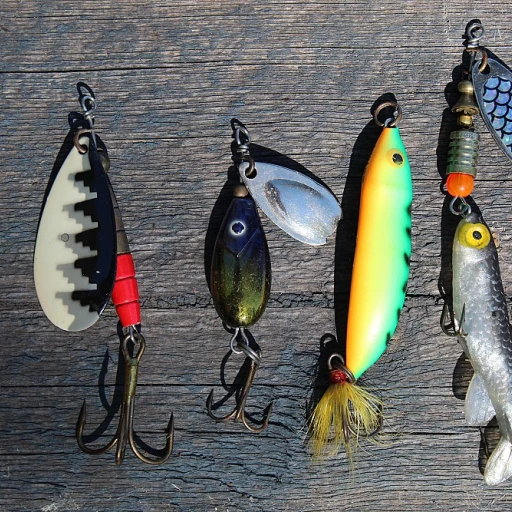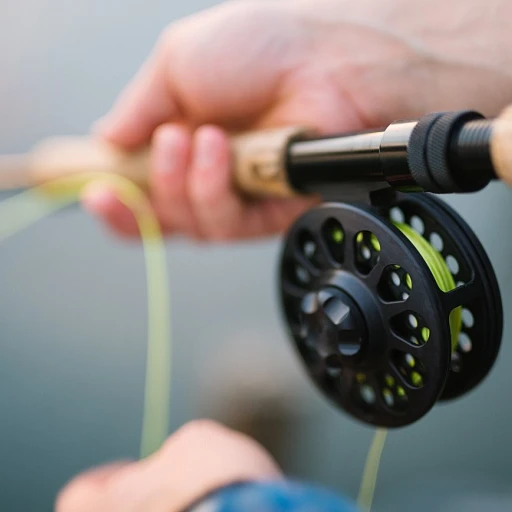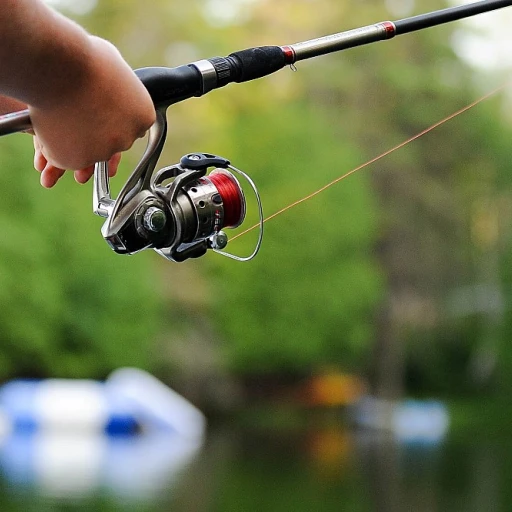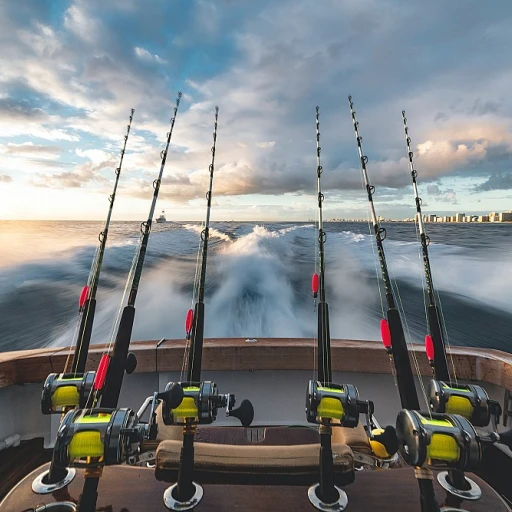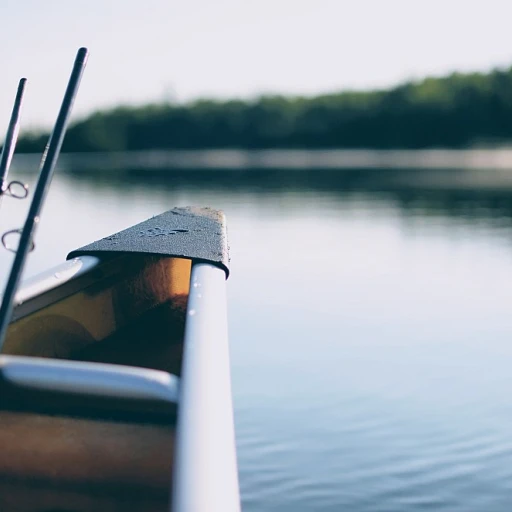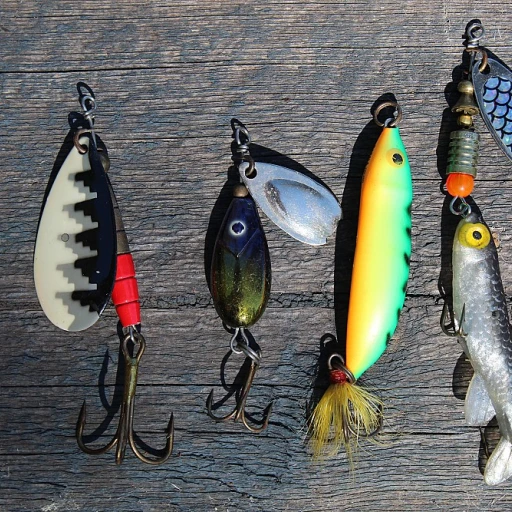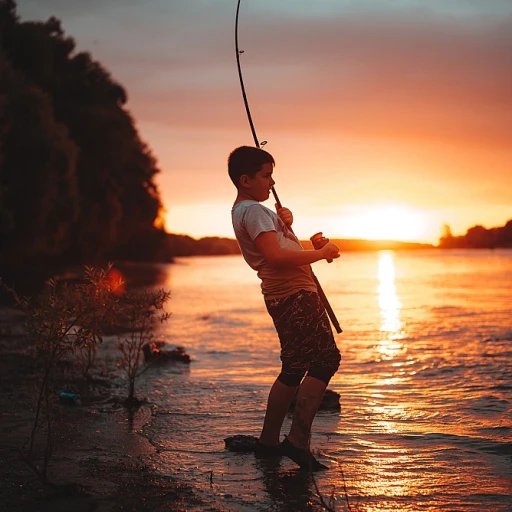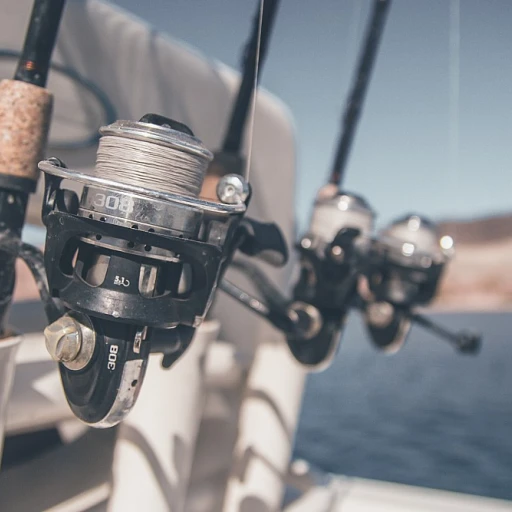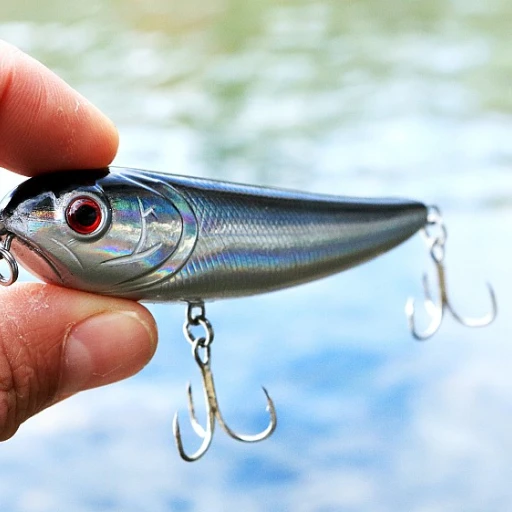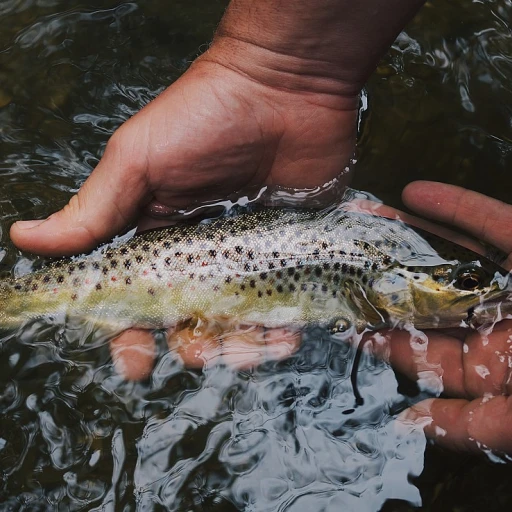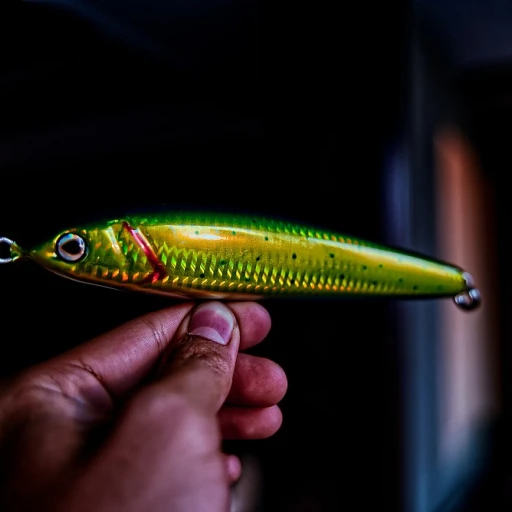
Understanding the Role of Bobbers in Fly Fishing
Harnessing the Power of Bobbers in Fly Fishing
Bobbers, often overlooked by fly fishers, play a crucial role in enhancing the overall fishing experience. These small, yet essential tools, aid in maintaining better fly placement and ensure more productive casts over different types of water. Mastering the use of fishing bobbers can significantly improve your strike rate, making them indispensable for any angler targeting trout. Fly fishing with bobbers, also known as indicators, allows anglers to maintain a keen eye on their flies. When the bobber moves, you'll know when a fish has struck, making it easier to set the hook. This can be particularly beneficial during the summer months, from June to August, when trout are most active and the daily catch rate tends to peak. Experienced fly fishers know that the water conditions can vary from day to day, and having the right bobber can make a substantial difference. By adjusting your setup according to seasonal changes, such as those from July to September, anglers can expect better performance in both still and moving waters. Moreover, fly rods paired with the correct bobbers can offer precision and finesse, essential for successful fishing. Whether you're angling in January's crisp waters or October's serene streams, selecting appropriate bobbers tailored to your specific needs ensures more enjoyable fishing expeditions. To delve deeper into enhancing your fishing experience with other tools, check out the versatility of deer hair in fly tying, helping you craft flies that are bound to attract more fish.Different Types of Fly Fishing Bobbers
Exploring the Diversity and Innovation in Fly Fishing Bobbers
When stepping into the world of fly fishing, one quickly realizes that the variety of bobbers available can indeed majorly impact the fishing experience. The essential role of a fishing bobber, particularly in fly fishing, is to act as a strike indicator. It does not just signal bites from fish but can also influence the presentation of your flies. Here's a look at the various kinds of bobbers you can find in the market and their unique purposes.
The simple ball-shaped bobbers are a classic choice and maintain steady buoyancy. However, innovative cylindrical bobber designs are becoming more popular among fly fishers as they provide sensitivity to even the slightest trout strike. These are ideal for those looking to detect smaller fish interactions during those peaceful July or August fishing trips.
Another effective option is the foam bobber. It is lightweight and buoyant, making it great for long casts across calm water surfaces. Fly rods often handle foam bobbers with ease, ensuring the dry fly lands softly on the spring waters of April or March. These could be an excellent choice for anyone looking to enhance their fly casting techniques.
For product options, we also have bobber indicators specifically designed for small trout fishing. These indicate fish bites effectively without causing disturbance, making them preferable options in serene settings from September to October or even during the chilly waters of November.
Do venture into innovative features being added to modern bobbers; adjustable buoyancy, improved materials ensuring resilience, and better visibility colors are all aimed at improving your fishing precision and overall experience. Understanding these variations can significantly contribute to both the enhancement of your skills and enjoyment while fly fishing.
For a comprehensive look at the applications of unique materials in fly tying, you can check out the versatility of deer hair in fly tying, which is revolutionizing how we approach fly designs.
Choosing the Right Bobber for Your Fly Fishing Needs
Finding the Ideal Bobber for Every Fly Fishing Adventure
Choosing the right bobber for your fly fishing needs can greatly enhance your fishing endeavors. Whether you're targeting trout in quiet waters or larger fish in fast-moving streams, a carefully selected bobber can make all the difference. Here are some factors to consider:
- Water Conditions: The type of water you're fishing in matters. For fast-flowing rivers, opt for an indicator that is buoyant enough to withstand the turbulence. In still waters, a more sensitive bobber can help detect subtle strikes.
- Fish Species: When targeting smaller fish like trout, a smaller, more delicate bobber is ideal. For larger species, a sturdier bobber might be necessary to accommodate different flies and casting techniques.
- Weather Conditions: During the months of April and March, or even in the chillier November to October period, visibility can impact your choice. Brightly colored bobbers are more visible in overcast conditions.
- Price and Quality: Like any fishing product, prices can vary based on quality and feature set. While it's tempting to go for cheaper options, investing in a good quality bobber can save you money in the long run by reducing the need for replacements.
Ultimately, the best bobber is one that aligns with your particular fishing goals and conditions. Consider experimenting with different types to find the one that offers the most rewarding fly fishing experience for you.
Innovative Features in Modern Fly Fishing Bobbers
Exploring Advanced Features in Bobber Technology
Modern advancements in the design of fishing bobbers, or strike indicators as they're often referred to, have brought exciting innovations to the market. These improvements cater to making your fly fishing experience more productive and enjoyable. New-age fly fishing bobbers come equipped with various features that enhance their functionality while fly casting. One significant innovation is the inclusion of adjustable buoyancy. By altering the amount of air or weight within the bobber, fly fishers can fine-tune it according to the water conditions and the type of fish targeted, from trout to bass. This advanced feature ensures a smoother and more accurate cast, improving the chances of a successful strike. Many modern bobbers also include easy-to-read indicators. These visual guides can help detect even subtle strikes, helping anglers react swiftly when a fish is on the line. This feature is particularly beneficial when you're fly fishing during months like April, June, and July, when conditions can vary significantly. Another innovative aspect worth mentioning is enhanced visibility. Manufacturers have developed new materials and colors that boost a bobber's visibility both above and below the water surface, under different lighting conditions. This is vital when fishing at dawn or dusk, or in murky water, ensuring you never miss a strike. Price is always a concern, but keep in mind that investing in high-quality, innovative bobbers can make a significant difference in your fishing success. Whether you're out on the water in February, March, or as late as October and November, these advanced features are designed to enhance every angler's experience. When selecting from a range of bobbers, these innovative features can be essential in providing both seasoned anglers and beginners with increased precision and efficiency. Testing different products, as well as considering their specific benefits, will allow you to find the most suitable options for your fly fishing needs.Practical Tips for Using Bobbers Effectively
Maximizing Your Fly Fishing Success with Bobbers
When it comes to improving your fly fishing game, understanding how to use bobbers effectively is crucial. Incorporating strike indicators into your fishing technique can significantly elevate your fishing experience. Here are some practical tips to help you get the most out of your bobber use:- Adjust Your Bobber According to Water Conditions: The water conditions—such as depth, current speed, and water clarity—can greatly affect how your fly and bobber perform. Ensure your bobber is placed at the right depth to maintain a natural presentation of your flies. Adjusting your bobber setups for the different months, from April to October, can help simulate various hatch patterns and water levels.
- Optimize the Distance Between Bobber and Fly: Typically, the distance between the indicator and your fly should be slightly longer than the water depth. For instance, when fishing in a river for trout, if the water is five feet deep, set your bobber about six to seven feet from the fly.
- Balance with the Correct Fly Rod Action: The action of your fly rod plays a pivotal role in how your bobbers react to strikes. A rod with a smooth action allows for precise casts and better control when setting your hook. Whether you're casting in calm waters or navigating swift currents, balancing these elements is crucial for success.
- Refine Your Casting Technique: Practice makes perfect when casting with bobbers. Ensure your casting motion is smooth to avoid tangles and enhance accuracy. Precise casting is vital for presenting your fly delicately so as not to spook potential catches.
- Monitor for Strikes: Keep a keen eye on your bobber indicator for any unnatural movements or submerging. Fish can be quite subtle when taking the fly, especially during cooler months like February and March. Train yourself to notice even the smallest movement that might indicate a strike.
